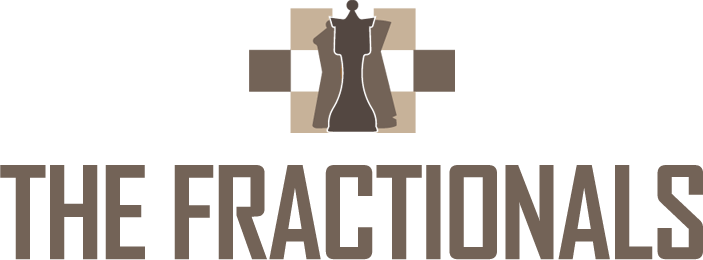As the calendar inches closer to the end of the year, small businesses find themselves at a critical juncture: the perfect time to reflect on the past year and strategically plan for the future. Fiscal year planning, encompassing budgeting and forecasting, is an integral process that sets the tone for success in the coming months. Let’s explore key steps and considerations to empower small businesses in this crucial endeavor.
Reflecting on the Past
Before charting the course ahead, it’s essential to take stock of the past. Reflect on the successes and challenges of the current fiscal year. Consider financial performance, operational efficiency, and customer feedback. Identifying what worked and what didn’t will serve as a foundation for informed decision-making.
Setting Financial Goals
Clear financial goals are the cornerstone of effective fiscal planning. Define realistic and measurable objectives for the upcoming year. Whether it’s revenue growth, cost reduction, or increased profitability, these goals will shape the budgeting and forecasting processes.
Budgeting: The Roadmap to Financial Health
1. Revenue Projections:
- Analyze historical data to project future revenue accurately.
- Consider market trends, customer behavior, and external factors.
- Break down revenue by product or service to identify high-performing areas.
2. Expense Management:
- Review and categorize expenses from the past year.
- Identify areas for cost optimization without compromising quality.
- Allocate resources based on priority, focusing on core business functions.
3. Contingency Planning:
- Factor in a buffer for unforeseen expenses or market fluctuations.
- Establish an emergency fund to cushion the business against unexpected challenges.
Forecasting: Anticipating the Future
1. Market Analysis:
- Stay informed about industry trends, competitor activities, and market dynamics.
- Adjust strategies based on emerging opportunities or threats.
2. Cash Flow Management:
- Develop a robust cash flow forecast to ensure liquidity.
- Plan for peak seasons, payment cycles, and potential cash constraints.
3. Scenario Planning:
- Anticipate various scenarios, from best-case to worst-case.
- Develop contingency plans for each scenario to maintain flexibility.
Technology Integration for Efficiency
Explore technology solutions that can streamline budgeting and forecasting processes. Cloud-based accounting software, financial management tools, and analytics platforms can provide valuable insights and automate repetitive tasks.
Employee Involvement and Training
Engage employees in the planning process, as they offer valuable insights from different perspectives. Provide training on financial literacy to ensure everyone understands the company’s financial goals and their role in achieving them.
Regular Review and Adaptation
Fiscal year planning is not a one-time event but a continuous process. Regularly review the budget and forecasts, comparing them to actual performance. Identify variances and adapt strategies accordingly.
In the intricate dance of small business management, fiscal year planning is the choreography that leads to success. By meticulously budgeting, forecasting, and adapting to the ever-changing business landscape, small businesses can pave the way for sustained growth and prosperity in the upcoming fiscal year. Embrace the process, empower your team, and embark on the journey towards a brighter and more profitable future.
Contact us today to help you achieve your business goals.
